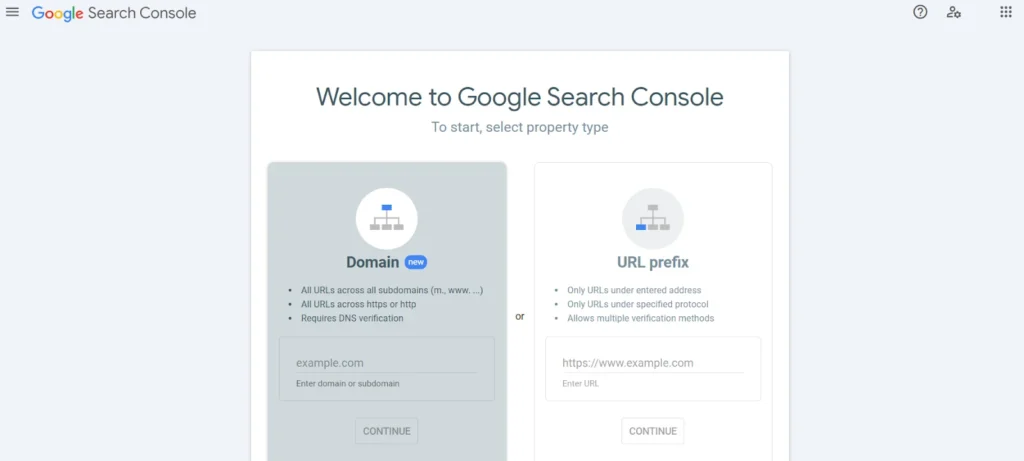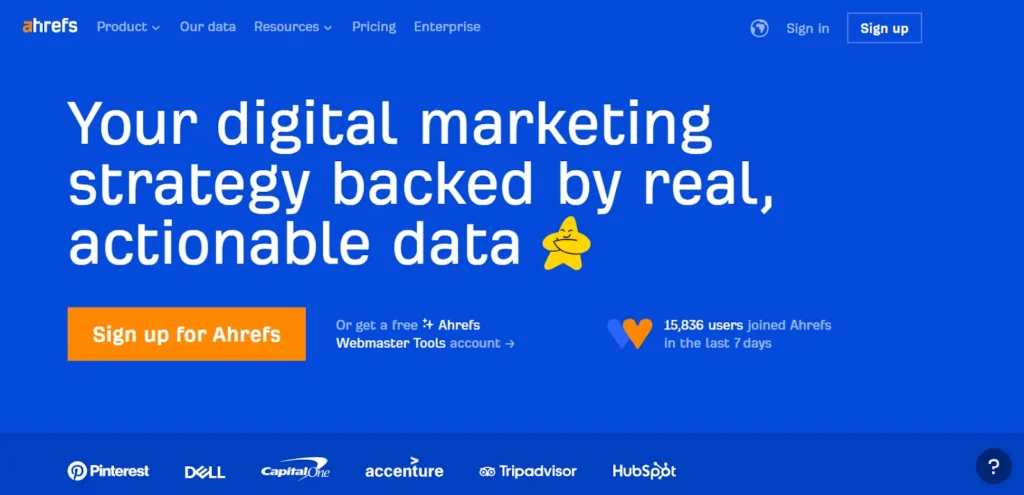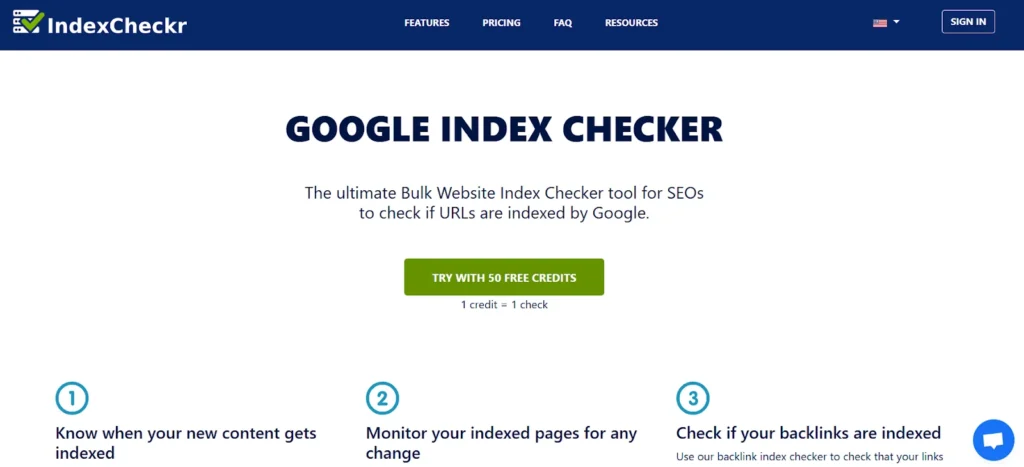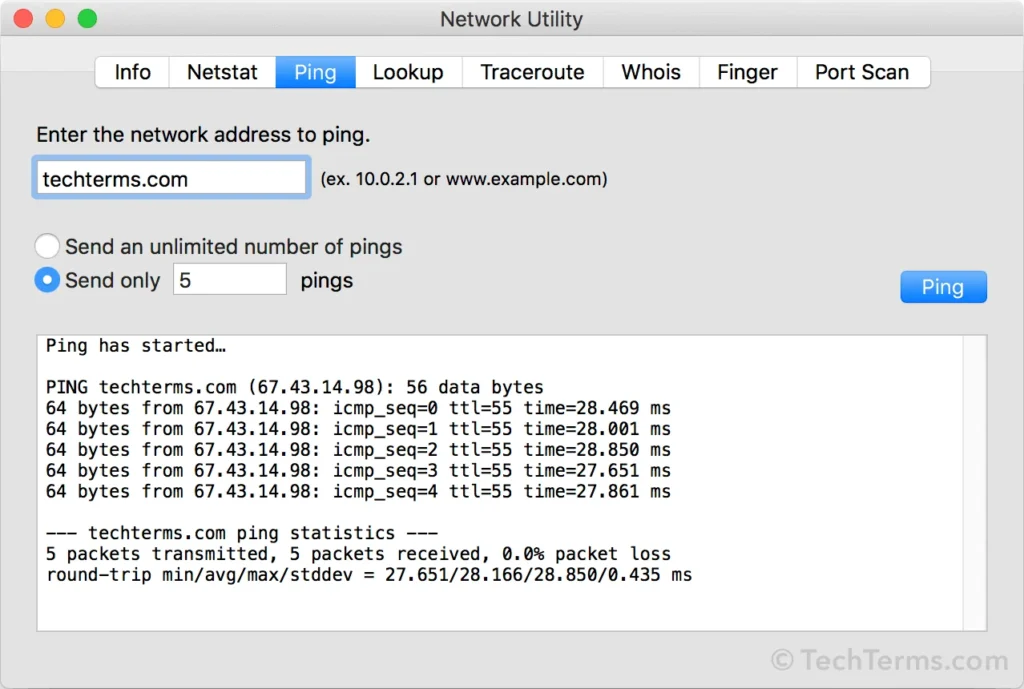Backlinks serve as critical ranking signals, but their impact depends on whether search engines actually recognize them. Simply acquiring links from external websites doesn’t automatically influence rankings.
Those links must be crawled and indexed to deliver measurable SEO benefits.
Indexing backlinks is the process through which search engines discover, evaluate, and store a link within their searchable database. Until that happens, even the most authoritative backlinks remain invisible in search engine calculations.
Slow or non-existent indexing can significantly delay returns for business owners investing time and budget into link-building campaigns. Understanding how indexing works and how to accelerate it is essential to making backlinks actionable.
This guide will explore what indexing truly means in SEO terms, why some backlinks never register, and how to improve the indexing rate strategically.
The objective isn’t just to build backlinks but to ensure each one contributes to visibility, domain authority, and sustainable search performance.
Table of Contents
What Does It Mean to “Index” a Backlink?
In the context of SEO, indexing refers to the process by which search engines store and catalog webpages (and by extension, the hyperlinks embedded within them) in their searchable database. A backlink only influences a site’s SEO once it has been both crawled and indexed.
The lifecycle begins with crawling, where a search engine bot discovers the page that contains the backlink. Next comes rendering, where the bot processes the page’s content structure. The page is indexed if deemed valuable, and any outbound links are evaluated for SEO weight.
It’s a common misconception that acquiring a backlink is synonymous with gaining SEO benefits. However, if the referring page is never crawled or is crawled but not indexed, the link effectively remains invisible to the algorithm.

Moreover, not all links on an indexed page are guaranteed to pass equity. Factors such as meta directives, JavaScript rendering, and contextual relevance influence whether the link is noticed and stored in the index.
Search engines also apply heuristics to filter out what they consider spam or low-quality links. It means that even links on indexed pages may be excluded if they are deemed irrelevant, manipulative, or redundant.
Therefore, backlink indexing isn’t a passive outcome. It requires technical compliance, strategic placement, and sometimes proactive measures to ensure that the effort put into link-building translates into SEO value.
Why Indexing Backlinks Matters for SEO
Indexing is the bridge between link acquisition and SEO performance. Without it, even the most valuable backlinks fail to influence search rankings, domain authority, or crawl prioritization. For businesses engaged in SEO campaigns, unindexed backlinks represent wasted potential.
One of the most direct impacts is ranking delay. Search engines cannot evaluate or reward a site for a link they haven’t crawled and added to their database. This delay can be days or even weeks, especially for backlinks on low-traffic or rarely updated domains.
Another core issue involves crawl budget. The finite number of URLs a search engine will crawl within a given timeframe. For large or complex websites, unindexed backlinks can result from the search engine allocating crawl resources inefficiently, leading to missed discovery of valuable links.
Slow or incomplete backlink indexing may also distort backlink profile assessments, affecting competitive benchmarks and SEO audits. Even if tools like Ahrefs or SEMrush detect the link, search engines might not count it unless it’s in the index.
Real-world insights show how indexing made tangible differences:
- A SaaS startup observed ranking jumps within 7 days after manually submitting referring pages to Search Console.
- An eCommerce site gained a 9% traffic increase after improving interlinking and social signals to pages with backlinks.
- A marketing agency recovered from a plateau by identifying over 40 high-DA backlinks that hadn’t been indexed, later reintroducing them via syndication.
In essence, the value of a backlink is never realized until it’s seen and recorded by search engines. Focusing on indexing is foundational to effective SEO execution.
How Search Engines Discover and Index Links
To ensure backlinks contribute to SEO, it’s essential to understand how search engines find and index them. The process isn’t automatic. Crawlers depend on specific mechanisms and signals to discover links and determine whether to include them in the index.
Search engines typically use the following methods:
- Internal Link Structures: Crawlers follow links within your own site. When a backlink points to a page that’s well-linked internally, the page becomes easier to discover and prioritize for indexing.
- Sitemaps: XML sitemaps submitted to Google Search Console help direct crawlers to essential URLs. If the page receiving the backlink is in the sitemap, it may be discovered faster.

Source: Screaming Frog
- Referral Links from Indexed Pages: When an already-indexed page links to another page (containing your backlink), the likelihood of discovery increases through referral crawling.
- Social Signals and External Mentions: Shared links on indexed platforms like Twitter or Reddit can lead to indirect discovery, especially if they generate user engagement or click-throughs.
Direct vs. Indirect Discovery
Direct discovery occurs when search engines crawl the exact page that contains the backlink, often due to high authority, fresh content, or sitemap submission.
Indirect discovery, by contrast, happens when crawlers reach a page via multiple hops, typically from other indexed pages linking to it. This process is slower and less reliable, particularly if the page is buried deep or lacks engagement signals.
Remembering these mechanisms can assist with structuring backlinks in a way that aligns with how search engines behave during crawling and indexing cycles.
Common Reasons Backlinks Don’t Get Indexed
Search engines do not treat all backlinks equally. Several technical and contextual factors influence whether a backlink is indexed or entirely ignored.
Low-Authority or Poor-Quality Source Pages
If a backlink originates from a domain or page with low authority, minimal traffic, or thin content, Google may crawl it infrequently or not at all. These low-value pages may be deemed irrelevant for indexing purposes.
NoFollow and Sponsored Attributes
Backlinks marked with rel=”nofollow”, sponsored, or ugc attributes send signals to search engines not to follow or endorse the link. While some nofollow links may still get crawled, they generally do not pass ranking value and are deprioritized in indexing.

JavaScript-Rendered Links
Links embedded within JavaScript frameworks (especially those not using server-side rendering) can be invisible to standard crawlers. Unless Google executes and renders the JS properly, the link might never be seen.
Orphaned or Deep-Linked Pages
Pages not linked internally from other sections of the website, or buried several levels deep in the site hierarchy, are often ignored by crawlers. It affects backlink visibility if the link points to such a destination.
De-Indexed or Penalized Referring Domains
If the domain linking to your site is de-indexed or penalized, the backlinks from it will also be discounted. It includes private blog networks (PBNs), expired domains repurposed for SEO, or domains with frequent spam violations.
Addressing these issues proactively ensures backlinks aren’t just created—they’re recognized and counted in search engine algorithms.
Proven Strategies to Help Index Backlinks Faster
Once backlinks are built, ensuring they are indexed by search engines becomes the next critical step. Delays in indexing can hinder a campaign’s impact and postpone ranking improvements.
The following strategies are designed to proactively facilitate faster backlink indexing, especially for businesses managing SEO at scale.
Submit the Linked Page to Google Search Console
If the backlink points to a specific page on your website, submit that URL for indexing via Google Search Console. While this only applies to your own site’s pages (not the linking site), it ensures that Google is made aware of the destination URL.
This is particularly effective when the linked page is newly published or recently updated.
Build Tier-2 Backlinks
A tier-2 backlink is a backlink pointing to the page that contains your original backlink. These secondary links help crawlers discover the source page, especially when it lacks internal or external signals.
Examples of tier-2 backlinks include:
- Social media posts linking to the article containing your backlink
- Blog comments with citations
- Forum threads referencing the linking page
This method amplifies visibility and prompts crawlers to revisit the backlink source page.
Leverage Indexing Services or Ping Tools Cautiously
Third-party indexing services and ping tools claim to alert search engines to new backlinks. While some of these tools can trigger discovery, their effectiveness is inconsistent and often not endorsed by Google.
Use such tools selectively and combine them with organic strategies like traffic generation and engagement signals. Over-reliance on automated pinging may lead to diminishing returns or indexing being deprioritized.
Drive Traffic to the Backlink Source
Referral traffic plays an underrated role in indexing. Promoting the article that includes your backlink through email newsletters, social platforms, or niche communities can result in user clicks and engagement, encouraging crawlers to re-crawl and potentially index the page.
It also aligns with user-intent-based SEO, where real visitors validate content value indirectly through interactions.
Share the Link Source on High-Index Platforms
Sharing the linking page’s URL on frequently crawled platforms like Reddit, Quora, or Medium can help it get discovered faster. These platforms are crawled frequently; even nofollow links here can push bots to the backlink source.
When done correctly, this not only accelerates indexing but can drive referral traffic and topical relevance to the backlink, amplifying its SEO benefit.
Tools to Monitor and Check Backlink Indexing Status
Monitoring which backlinks are indexed is essential to refining your off-page SEO strategy. Without visibility into indexing status, it’s impossible to measure true impact or spot underperforming opportunities.
The following tools provide actionable data and streamline ongoing backlink audits.
Google Search Console
Though limited to your own site, Google Search Console is the most reliable free tool to check if pages receiving backlinks are indexed. By inspecting URLs linked to externally, it’s possible to confirm whether they’re part of Google’s index and understand how Google sees them.
The “Coverage” and “URL Inspection” reports are especially valuable.

Ahrefs
Ahrefs offers comprehensive backlink reports and includes indexing status in its backlink data. You can filter unindexed backlinks and assess link quality, anchor text, referring domains, and whether those links are passing SEO value.
Its crawling capabilities often reveal links that have not yet been indexed by Google but are still detected via AhrefsBot.

SEMrush
SEMrush functions similarly to Ahrefs but integrates more keyword and traffic correlation insights. Its backlink analytics tool can help track changes in indexing status over time, which is especially useful for large-scale campaigns.
The Link Audit tool also flags toxic or unindexed backlinks, enabling faster cleanup or reinclusion strategies.

IndexCheckr
IndexCheckr is a dedicated backlink indexing tracker. Unlike broader SEO platforms, it specifically monitors which URLs are live and indexed.
It integrates with tools like Google Search and Bing APIs to validate index status and offers bulk tracking for high-volume link portfolios.

Do’s and Don’ts of Backlink Indexing
Following best practices ensures efforts to get backlinks indexed are both effective and sustainable. Below is a practical checklist.
Do’s:
- Use Google Search Console to submit your own URLs for faster crawling.
- Build tier-2 links to increase the discovery probability of referring pages.
- Promote the referring pages via social media or communities to boost engagement.
- Prioritize backlinks from high-authority and regularly crawled websites.
- Monitor indexing regularly using tools to refine and adapt your strategy.
Don’ts:
- Don’t rely solely on automated indexing services. They may violate guidelines or backfire.
- Avoid spammy link-building tactics that lead to low-trust, unindexed pages.
- Don’t assume all backlinks will be indexed automatically.
- Avoid over-submitting or excessively pinging URLs, which may delay indexing.
- Don’t ignore the quality of the content of referring pages. Poor content lowers crawl priority.
Myths About Backlink Indexing You Should Ignore
One of the most common misconceptions is that all backlinks eventually get indexed with time. While that might apply to high-authority domains, many backlinks (especially from obscure, thin-content, or inactive pages) remain undiscovered indefinitely.
Another widespread belief is that using pinging or indexing tools guarantees indexing. In truth, these methods can sometimes have negligible or even negative effects. Search engines prioritize backlinks based on relevance, content quality, and traffic signals, not ping frequency.

It’s also inaccurate to assume that nofollow links don’t get indexed or contribute to visibility. While nofollow links may not pass PageRank, Google has confirmed it still crawls and indexes pages with nofollow links if the content is valuable.
Finally, some believe backlinks from .edu or .gov domains are automatically indexed and more powerful.
As John Mueller from Google has pointed out, these sites are often heavily link-spammed, and Google may ignore such backlinks altogether unless they’re contextually relevant and earned organically.
Conclusion and Key Takeaways
Indexing is a critical component of backlink management that directly influences SEO results. Without proper indexing, even high-quality links offer no measurable impact.
You should adopt a balanced strategy: building quality links, promoting referring pages, and monitoring indexation closely. Avoid shortcuts and focus on organic discovery signals to align with search engine behavior.
Implement these practices consistently, and SEO outcomes will become both measurable and scalable over time.


